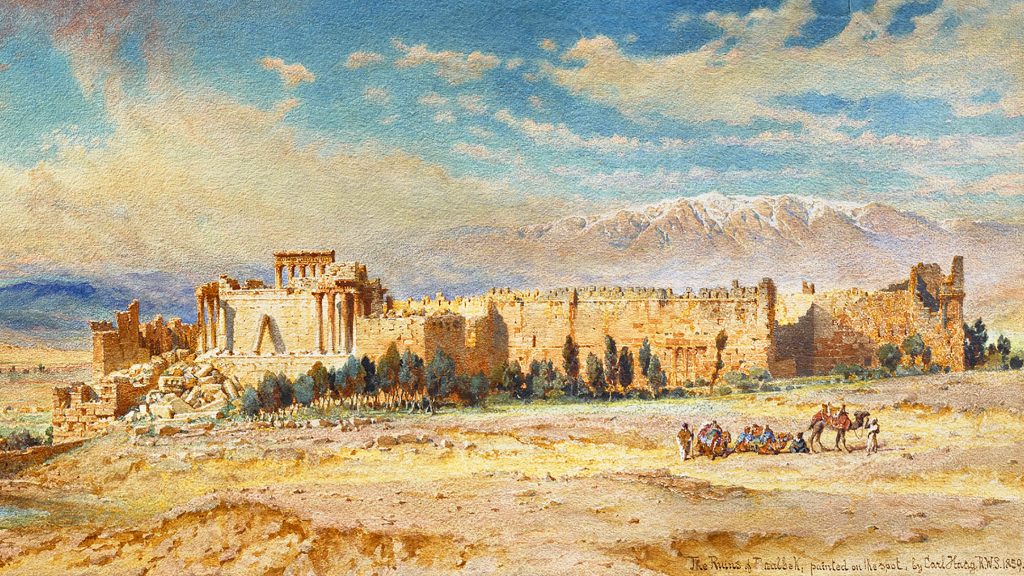A clash of cultures?
We often hear of the “East” and “West”, seemingly dichotomous worlds whose cultural boundaries “clash” more often than they meet. The relationship between them is longstanding, forged over years of multiple encounters that are deeply intertwined with the history and legacy of colonialism. European expansion in (what Western travelers and scholars named) the ‘Orient’ was motivated by a host of factors: from economic expansion and the discovery of new trade routes; missionary quests and the spread of religious ideals; to political motivations and the search for power. A particular blend of confusion, fear, and mutual fascination with ‘the other’ framed these colonial encounters, giving rise to an “East” and “West” that Orientalist painters, writers and poets imagined.
The relationship between East and West is complex, to say the least. Colonial legacies and postcolonial discourses weigh heavy, and perhaps their most notable critic is Edward Said, whose seminal work—Orientalism—examined the power relations underlying these encounters. Contemporary travelers to the Orient are faced with a visual conundrum: do they let their eyes see the countries as the Europeans who came before them did, or do they embark on their journeys with fresh outlooks that shatter preconceived notions? The answer, I’m afraid, is neither simple nor direct. Whilst Orientalist discourse can never be an accurate reflection of the East it claims thorough knowledge of, its words and paintings take symbolic inspiration from occurrences, customs, and traditions that are part and parcel of everyday culture.
Lebanon: an orientalist itinerary
This small country overlooking the Mediterranean is a melting pot of Phoenician, Roman, Ottoman, and French colonial ruling legacies, a melange that has produced its unique cultural heritage and much orientalist discourse to accompany it. Rather than dismiss what their paintbrushes and pens have to say, we urge budding travelers to explore Lebanon with an Orientalist itinerary in mind for the many hidden gems they will encounter; let your eyes, minds, and hearts explore an Orient so often spoken for but rarely left to speak for itself.
—
Looking for a room with an orientalist twist? Try Zanzoun, one of our Beirut Bed & Breakfasts.
—
Head to the northern city of Tripoli for a walk around its impressive souks and a tour of its hammams—beautiful structures that offer a glimpse into Ottoman Lebanon. Equally impressive are the souks in the southern city of Saida, where you can score a few bargains and enjoy delicious traditional pastries. You are likely to find small cafes tucked into stone archways, with customers enjoying a shisha outside whilst playing cards; much like a scene from an Orientalist painting, these frames offer a snippet of everyday life.
Ibn Jubayr, a traveler from Andalusia, penned ar-Rihla, an account of his Pilgrimage to Mecca and Medina in the 12th century. He wrote about the powerful port city of Tyre and the bridal procession he witnessed there, a spectacle merging faith and custom in beautiful fashion. Today, the ‘bride of the sea’ boasts one of the cleanest beaches in the country, as well as the impressive archaeological sites that would make any history enthusiast’s heart flutter (pg. 58, Other Routes: 1500 Years of African and Asian Travel Writing; Tabish khair, Martin Leer, Justin D. Edwards).

